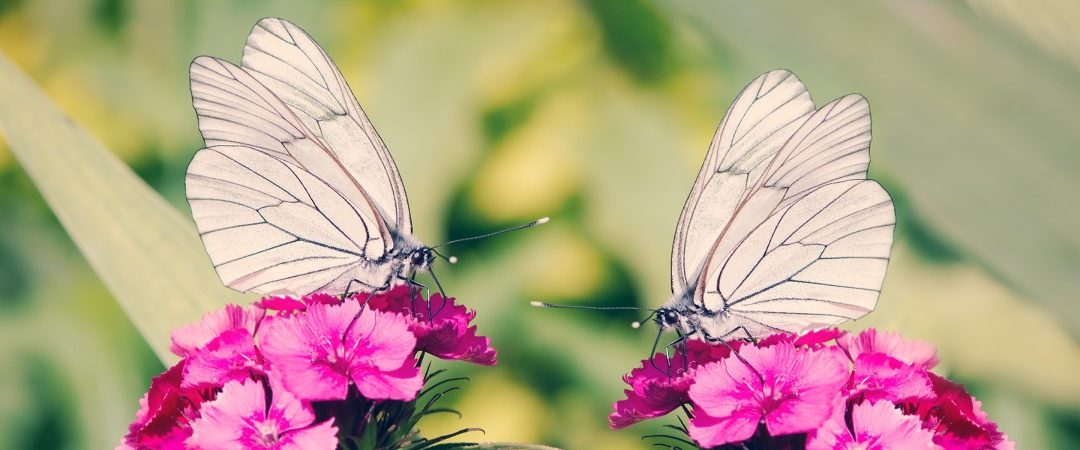What is the meaning of a white butterfly?
The white butterfly symbolizes purity and innocence. It also represents hope for new beginnings. Butterfly tattoos are a popular form of body art. The white butterfly is often associated with the color white because it is one of the most common colors used in nature. In addition, the white butterfly is considered an auspicious sign by many cultures. This is because it signifies good luck and happiness. This is why butterfly tattoos are so popular.
Significance of White
The color white can represent many different things, depending on the context. For example, white typically symbolizes cleanliness or purity in religion and culture, but it’s also used to indicate a fresh start or new beginning. In nature, white butterflies are often seen as an omen of renewal and change, which might be why white is often associated with hope, positivity and rebirth. Additionally, white is usually used as a sign of unity, as demonstrated frequently in marches against injustice. Ultimately white carries many connotations that may be positive or negative, and its use changes depending on individual experiences and cultural backgrounds.
Significance of Butterflies
Butterflies have been regarded as symbols of transformation and freedom for centuries. In ancient Greece, white butterflies were associated with the goddess Aphrodite and often seen as a symbol of love. More recently, white butterflies have come to represent hope in many countries. The white butterfly is viewed as a messenger from the heavens and a reminder that miracles can happen if we keep our faith strong. As such, it is believed that white butterflies bring compassionate messages from a higher power and may be seen only by those who are attuned to their energy. Butterflies are also known to be messengers from our ancestors and loved ones who have passed on; when we see them it is said that our spirits feel prompted toward change or gently supported during times of hardship. Overall, butterflies carry unique significance across cultures, reminding us to appreciate life’s beauty and be open to meaningful transformations.
Cultural Interpretations
White butterflies have long been both a symbol of beauty and seen as having spiritual significance in many cultures around the world. In Japan, white butterflies are seen as messengers from heaven, said to bring luck and good fortune. Ancient Chinese culture often associates white butterflies with femininity and joyous events, such as weddings. The white monarch butterfly is a frequent component of artwork of the Pueblo peoples of present day southwestern United States and Mexico, where white butterflies represent an ever-watchful spirit and often appear on pottery or kachinas. In Christianity, white butterflies have come to symbolize hope, faith, divinity, innocence and resurrection – believed to be sent by God to reward one’s virtue. No matter where they appear, white butterflies hold special meaning that adds depth to global culture.
Psychology Interpretations
A white butterfly has been used in psychological circles as a metaphor for mental health awareness. Representing the ideas of transformation and new beginnings, white butterflies are seen to represent hope, healing, and a safe place to land. It is also believed that white butterflies can be a symbol of comfort to those struggling with mental illness and anxiety, helping them feel surrounded by love and understanding. Recognizing this powerful symbolism, many psychologists across the world use white butterflies as part of their practice when counseling those who need guidance in managing their own mental wellbeing.
Noteworthy Species of White Butterflies
Common/Cabbage White
The cabbage white is a white butterfly with small black dots on its wings, found across Europe and Asia. It was first described in 1758, and it received its scientific name ‘Pieris rapae’ due to its taste for wild cruciferous vegetables like cabbages. Over the years, it has established itself as a common garden nuisance as well as an agricultural pest. Fortunately, many natural predators have been introduced to help reduce their numbers. Despite this, they still remain a common sight across Europe and Asia today.
Cryptic Wood White
Cryptic wood white, a white butterfly found primarily in Europe, is widely known and easily recognized by its white wings, outlined with black speckles. Although the Cryptic wood white’s white wings may have had it named for its camouflage effect within white blooms like white dead-nettle and white clover, this species of butterfly not only shares color with white flowers but also has a preferred habitat near them. This species freely flits around small gardens, fields and meadows. Further, their habitats are generally low-lying with lots of grassy areas full of white flowers where they feed on nectar from May until early August. Cryptic wood whites marked populations display noticeable differences in wing coloring between individuals even when among the same species; thus making precise identification tricky for amateurs!
Giant White
The giant white, or Pieris brassicae, is a white butterfly seen across Europe and Asia. They tend to be common in gardens and near cabbages, since they love to sip the nectar of white-flowered crucifers like lady’s smock. In some parts of its range, it may have two generations per year, while other times it may overwinter as a caterpillar. Their white wings make them easily identifiable even from a short distance away – making them one of the most distinctive butterflies around!

